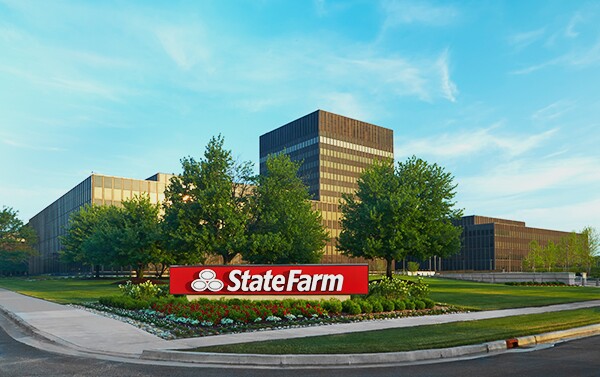Jim Ryan, innovation executive at
Ryan joined the insurer in January, bringing three decades of experience as a wireless telecommunications industry executive. He worked for AT&T on the launch of Apple's iPhone, when it was the exclusive carrier. More recently, Ryan worked for early stage companies, including Sierra Wireless, on linking mobile commerce and IoT to telecom connections.
At State Farm, he's tasked with transforming the insurer's operations, including its auto insurance telematics BlueOwl and
Digital Insurance spoke with Ryan about State Farm's efforts to innovate in insurtech, how the partnership approach he had in telecom is useful, and the insurer's future plans.
This interview has been edited for clarity.

